After my first was born, I had this urge to get professional pictures of her done. I knew I would want great pictures of her every month, and that would be WAY too expensive. So… I thought I’d take my hand at doing it myself. Here are some of the pictures I took:
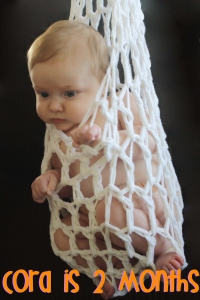
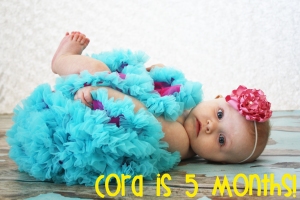
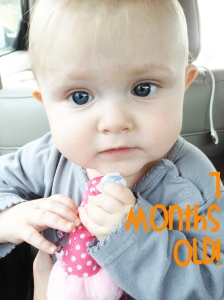
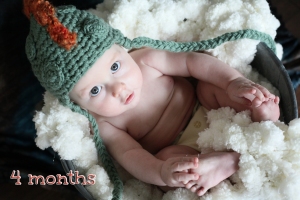
Advantages to taking your own photos:
1) you can do them whenever your child is in a good mood, well-rested, and recently fed. You can just pick them up and take them to the area you’ve prepared to take pictures in.
2) it is free (besides the cost of your camera, of course),
3) you can conduct the same photoshoot in multiple sessions, depending on your child’s mood, and
4) you don’t have to be embarrassed or stressed out, because your child isn’t on their perfect behavior and are going to risk wasting your money on less-than-perfect pics.
1) Buy a quality camera: There’s no doubt that you will get a few good shots here and there with your point-and-shoot camera. However, they won’t be able to be blown up into larger prints due to the low number of pixels they provide, and they also are inconsistent. If you plan on taking a lot of pictures of your family or just enjoy photography as a hobby, it might be worth it to spend a couple hundred dollars on a nicer camera.
All of Cora’s pictures above were taken with a Canon Rebel XS(can be found on eBay for $200-600). Benson’s were taken with a Canon 5D Mark II (runs for over $2k…EEK!) You can see that the different of quality between the two actually doesn’t appear to be incredibly different. It would be noticeable if you blew these pictures up, but with the pictures seen on the computer, it really doesn’t make that much of a difference. Although, you can clearly see the pixel difference when you look at the dinosaur picture compared with any of Cora’s photos. Therefore, a Canon Rebel (or the comparable Nikon to the Rebel) would be a great option!
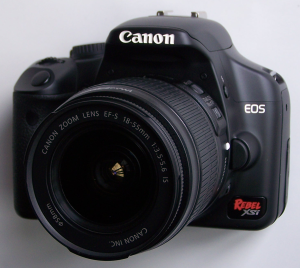
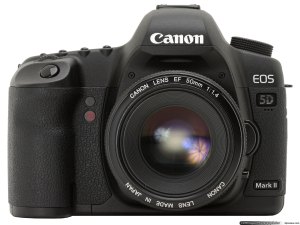
These cameras will most likely come with removable lenses. My most-used lens is the 50mm. This is what makes something in focus with another aspect of the photo out of focus. I’ve used this on Benson a lot, but with Cora, I only used the 18-55mm lens that came with it, which worked fine if you don’t care about the in/out of focus look. The picture below is a great example of what a 50mm lens can do to keep your subject in focus and make everything else blurry.
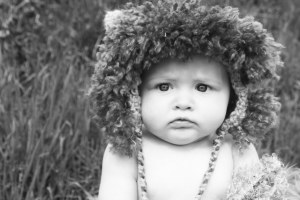
2) Get props: No, I’m not saying that you have to put silly little hats on your kids.I like to do this, but it’s certainly not a must! One thing you do need is something nice to set the child on. You can see the list of props and the companies I bought them from below. All were on Etsy.
You can use large pieces of decorative fabric (no, a sheet will not do unless it is all black or all white and used to create a non-background):

You can set these pieces of fabric over pillows to create a nice looking bed: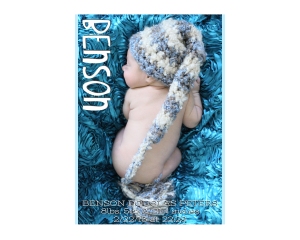 You can hang the fabric on the wall and sit your little one in a bucket padded inside with blankets, on some fur, on a blanket, on pillows covered with fabric, etc:
You can hang the fabric on the wall and sit your little one in a bucket padded inside with blankets, on some fur, on a blanket, on pillows covered with fabric, etc:
You can bunch the blanket around the child, buy an expensive fake wood floor, etc.
You can also buy small pieces of fur to put your baby on: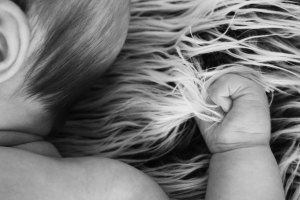
You can also use colored cheese cloth to wrap the baby in or to use creatively:

The best prop I’ve found, though, is the outdoors! You won’t always be able to be outside, though, especially if you have a newborn and want to protect him or her from the elements, sun, etc. It’s easiest to use the outdoors once your little one can sit on their own.
3) Know the Basics: Learn about your camera a bit. You can find YouTube videos about your camera and how to use it. You can also find 1-day seminars on how to use a DSLR’s manual features. I have actually seen them on Living Social and other deal sites. Knowing the manual features will be incredibly helpful when you need to adjust for too little or too much light in the room or outside.
Know the simple principles of composition. Photographers know the rules so that they can use them and so that they can purposefully break them in the name of art! There are always reasons to go against tradition, but you should know the basics and practice them before you move on to becoming a photography rebel. This is a great link to get you started: 10 Top Photography Composition Rules.
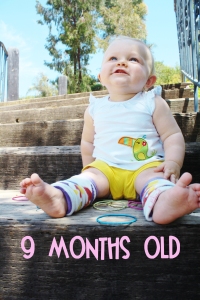
4) Be Familiar with Lighting: I used natural lighting through my windows or went outside for every picture above. I don’t even have a flash on my camera, because I despise the way flash makes subjects look. It can be used in a useful manner, but I just don’t care to go out and buy one right now.
If inside: Set your subject out of the direct light coming through the window. If you see the picture of Benson with the dinosaur hat on, you will notice the shadow on his abdomen. I don’t really mind it in this picture, but in some pictures it will look awkward. He was right in front of the window.
If outside: put your subject in full shade. This way, they won’t have the high contrast partial shade can bring. Also, it will prevent your subject from squinting or having dark shadows underneath the eyes, nose, and chin. The picture to the right was actually taken in partial, but mostly shade. The small bits of soft light look nice on her face, but if the light was harsher that day, it would have been difficult to find a camera setting that would not overexpose the light areas and not underexpose the shaded areas.
5) Get Help and Prepare for the Shoot: I ended up doing most of the photoshoots above by myself, but I set everything up first. If you try to set the area up and then conduct the photoshoot, it is very likely that your subject will be overtired, hungry, impatient, etc. Included in set-up is snapping a few pictures of the area and adjusting your manual settings so you don’t make your testy subject wait while you do this.
The best solution is to have someone help you. That way, if the baby becomes upset, you can standby with your camera while the other person soothes the baby, gives him/her a pacifier for a bit, etc. Once the baby calms down, your helper can quickly remove the pacifier and you can snap away.
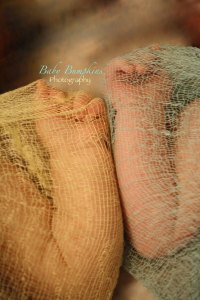
6) Have Patience: Babies, toddlers, and kids are so unpredictable, which we all see in every day life. They will be upset, want to play, or just simply want to do anything besides what you want them to do. Take the opportunities given to you. First, make sure that your child is well-rested and recently fed. Second, put them in a comfortable position and snap quickly. I move all around — in front, overhead, on the side, from below, etc. This way, I will have several options when looking at my final product. Don’t forget to look at the pictures you’ve taken (in your viewfinder) after snapping just a few to ensure that everything looks great. You’ll be pretty irritated if you finish a whole shoot and discover that something was out of place, you didn’t have the memory card in, or the lighting was off.
7) Be Creative: You can see in some of my photos that I used many different angles, I moved closer or farther away to get unique shots (just the hands wrapped in the cheese cloth, just the back of the baby’s head on the fur, etc). You’ll find that the wackiest of ideas are the pictures that turn out looking the best sometimes.
Extra: A Sleeping Baby Photo Shoot: To pull this off, you need to wait until the baby is nearly asleep. You can set up your photoshoot area while the baby is napping, and then wait until the baby is tired for his/her next nap to do the photoshoot. When they are nearly asleep, place them in the desired position and let them fall completely asleep with your soothing. You can move the really little ones (under 2 weeks) while they are sleeping sometimes, but I wouldn’t bank on it!
PROPS:
Fabric: Artistic Inclinations
Pink Flower Headband: Mr. and Mrs. and Co.
Hats: Babies, Bugs, and Bees
Cocoon: Designs by December
Fur: Mom Me Designs (shop closed)
Fake Wood Floor: MD Backdrops
White Fluffy Blanket: Pixie Dust and Mud Pies (shop closed)
Colored Cheese Cloths: Betty Pics
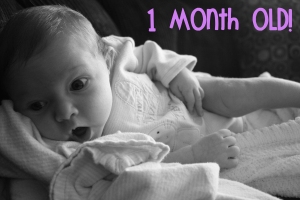
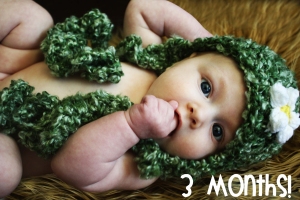
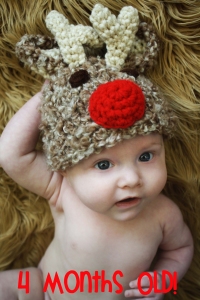

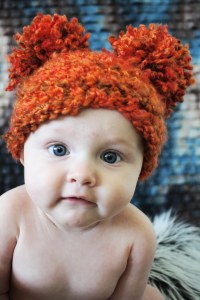
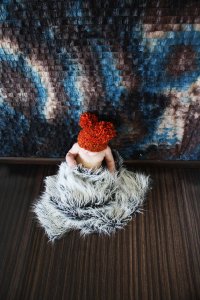
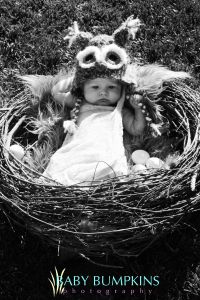


Leave a Reply